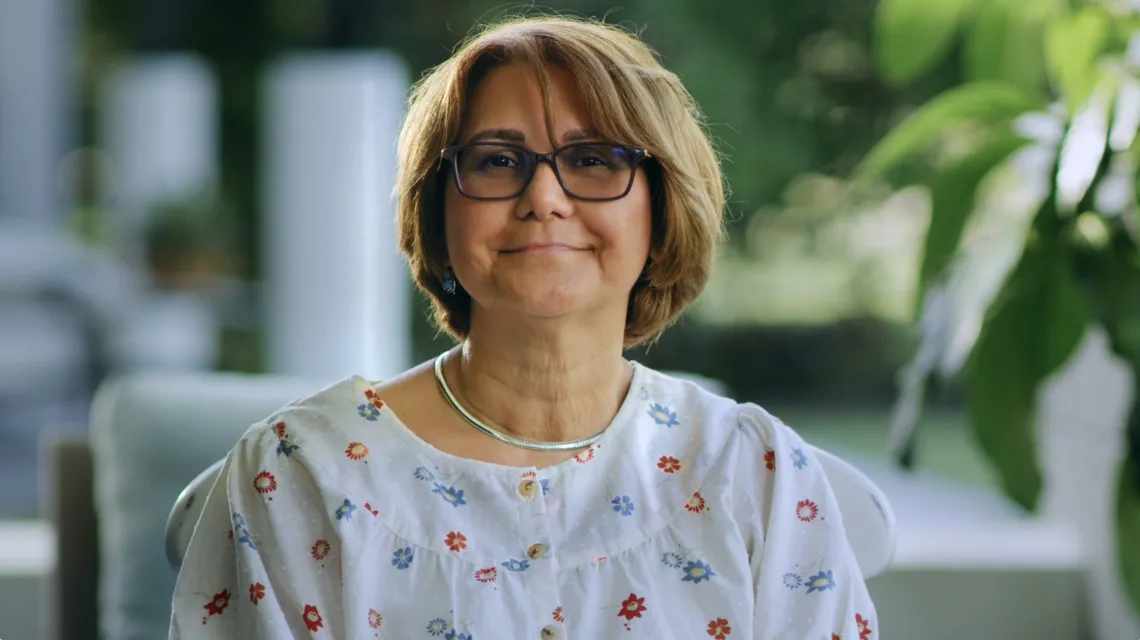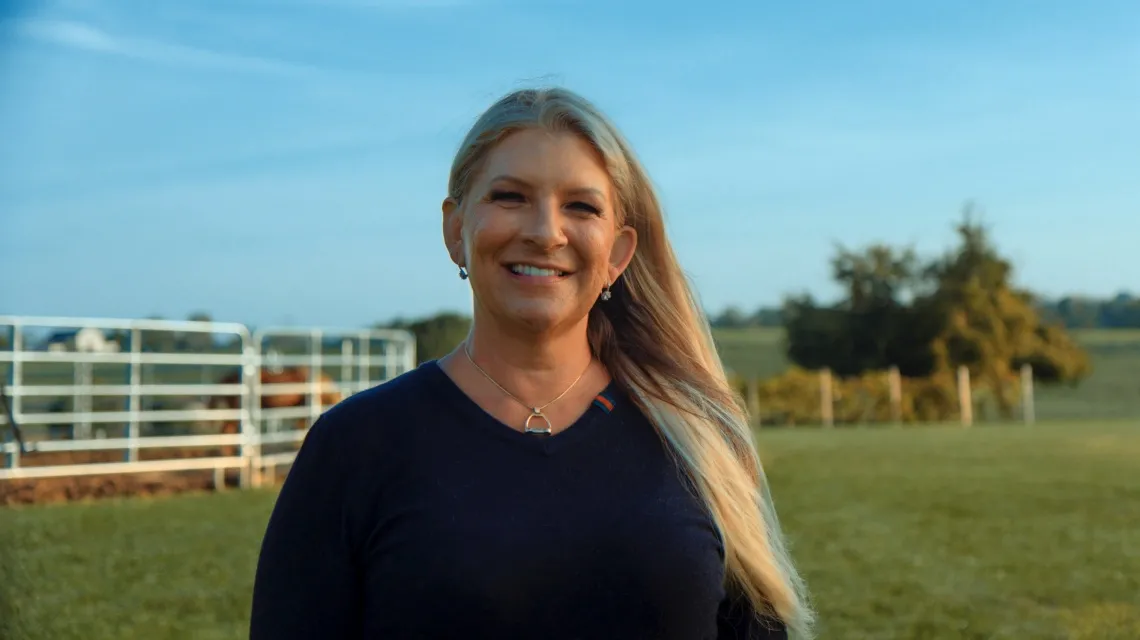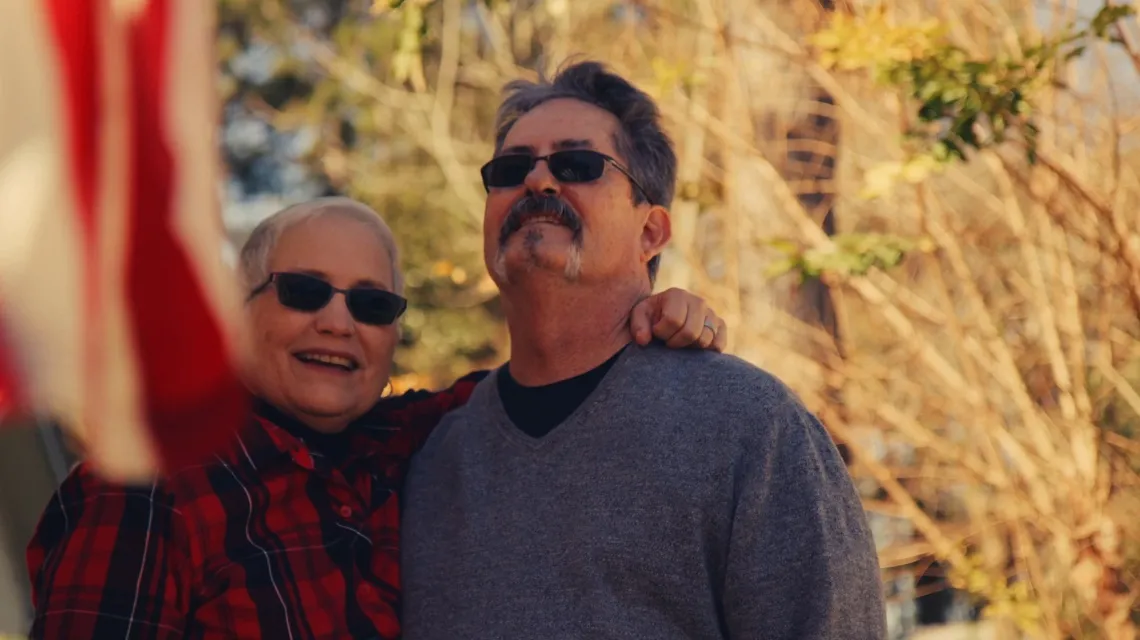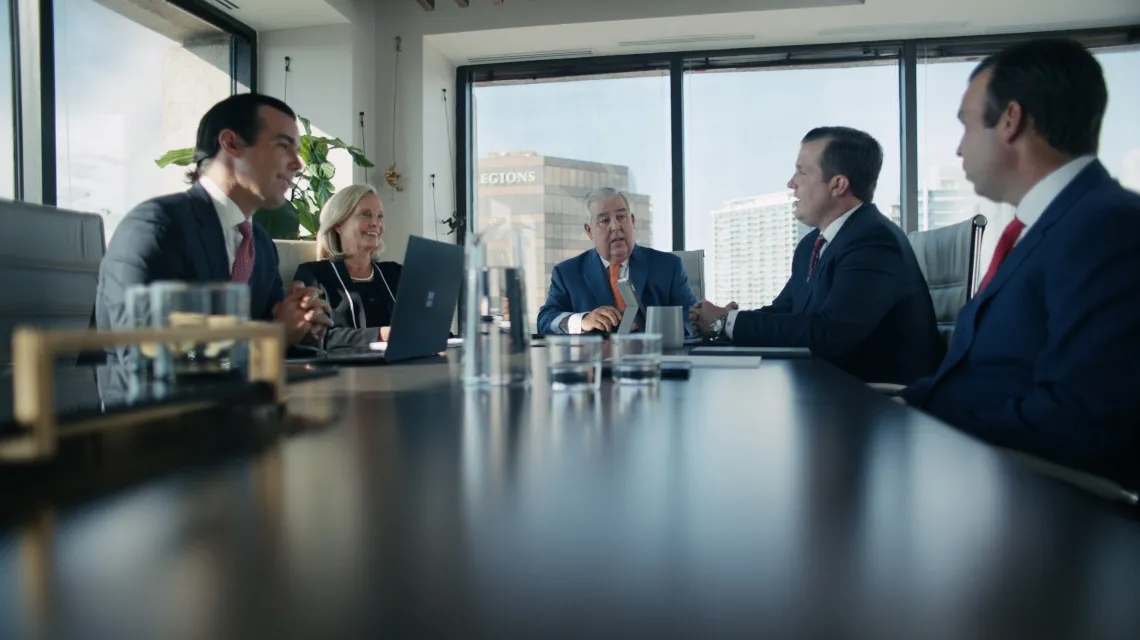Results may vary depending on your particular facts and legal circumstances. The attorney featured above is licensed in Florida. For a full list of attorneys in your state please visit our attorney page.
Ohio Wrongful Death Statute of Limitations
When wrongful death leaves families emotionally shattered and financially burdened, we help fight for justice.
Results may vary depending on your particular facts and legal circumstances. The attorney featured above is licensed in Florida. For a full list of attorneys in your state please visit our attorney page.
Ohio Personal Injury Lawyers
We’re proud to fight for our neighbors. Meet the attorneys from your community.
100,000+ Five Star Reviews
The reasons why clients trust Morgan & Morgan.
Based on select nationwide reviews.
Results may vary depending on your particular facts and legal circumstances.
Our Results
Results may vary depending on your particular facts and legal circumstances.
How It Works
Focus on your recovery. We'll take care of the rest.
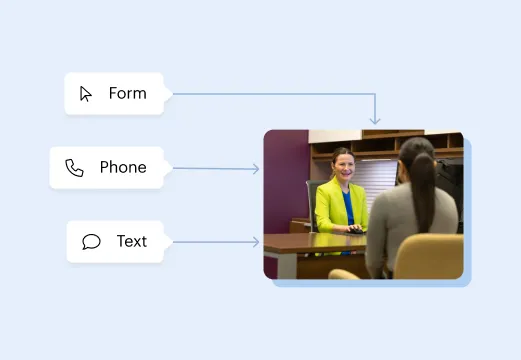
Submit your free evaluation
Start your claim
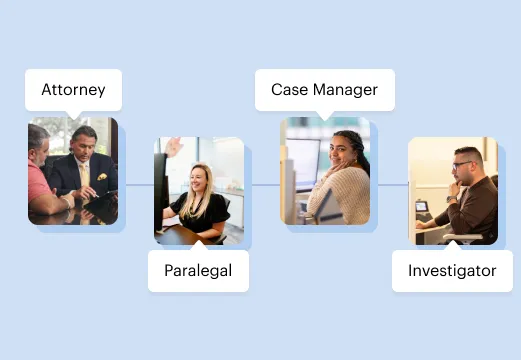
Meet your legal team
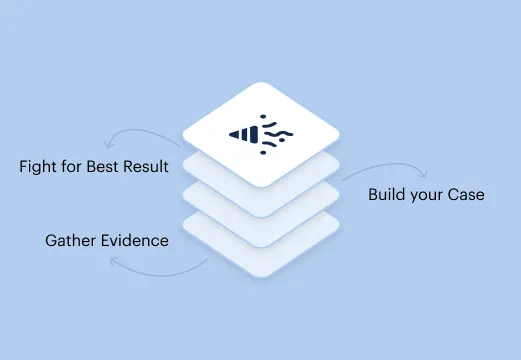
We fight for more
Results may vary depending on your particular facts and legal circumstances. The attorneys shown in these photos may not be licensed in your state. To find an attorney licensed in your area, please visit our attorney page.
Local Care
Backed by America’s Largest Injury Law Firm.
$25 Billion
Recovered for clients
nationwide700,000+
Clients and families
served1,000+
Attorneys across
the country1
Click may change your life
The attorney featured above is licensed in Florida. For a full list of attorneys in your state please visit our attorney page.
Results may vary depending on your particular facts and legal circumstances.
Learn More
Injured and not sure what to do next? We'll guide you through everything you need to know.
Get answers to commonly asked questions about our legal services and learn how we may assist you with your case.
What Is a Wrongful Death?
There are two categories of a third party causing a death: civil and criminal. Criminal cases result in jail or prison time, probation, or fees paid to the state, whereas civil cases yield monetary damages to the victim’s family or estate.
Generally, the term wrongful death denotes a civil action in which damages are sought against a party for causing a death, typically when criminal action has failed or is not attempted. In other words, wrongful death is when someone passes, and their family or estate sues the party responsible for civil damages as a method of enforcing justice and recouping lost cost, plus punitive and emotional benefits.
Much like traditional homicide cases, reaching a successful outcome in a wrongful death civil suit isn’t always easy. The victim’s family or estate will need to prove that the suspected at-fault party acted negligently and that the negligent action directly led to the death at hand, along with establishing damages that the deceased person would have been paid if they had survived the event. None of this is straightforward, which is why it’s recommended to team up with an experienced attorney early on in the process to ensure you’re on a path that yields justice.
What Is the Ohio Wrongful Death Statute of Limitations?
The Ohio wrongful death statute of limitations spans two years from the date of the deceased’s passing. If the family or estate takes no legal action within that time frame, they cannot file a wrongful death lawsuit against the suspected at-fault party seeking damages.
There are some exceptions to this, however, including:
- The person(s) responsible for the deceased’s wrongful death claim were not or could not be aware of their right to file legal action.
- The suspected at-fault party deliberately avoids persecution.
- The crime has not been discovered yet.
If you believe that someone’s negligence played a role in your loved one’s passing, you should speak with a trusted legal representative and learn more about your next steps. They can help you understand if you have a case and, if you do, assist you in meeting all relevant legal deadlines, including Ohio’s wrongful death statute of limitations.
Who Can File a Wrongful Death Lawsuit?
In Ohio, a wrongful death lawsuit can result from medical malpractice, situations involving negligence, and intentional acts, including crimes. The “personal representative,” or executor of the estate, must file the wrongful death lawsuit on behalf of the deceased party, and that lawsuit must be filed before the statute of limitations expires, or no case can be filed at all.
The deceased’s personal representation is usually chosen in their will. If they don’t have one or didn’t name one, the court appoints one, and that person is responsible for handling the deceased’s estate, including any possible wrongful death lawsuits.
Such a responsibility can be overwhelming between emotions and stress, but situations like this are what families are for. If possible, speak with your loved ones and recover together. Then, team up with a family law firm, like Morgan and Morgan, that will give your case the attention and respect it deserves.
You won’t feel like a number—you can count on it.
What Can You Recover in a Wrongful Death Lawsuit?
Wrongful death lawsuits award the victim’s estate or surviving family members damage in accordance with the compensation they would have received from the at-fault party if he or she had survived. In Ohio, here’s what you can expect to recover:
Loss of Care - Compensates the victim’s estate for the lost companionship, guidance, counsel, and advice the deceased party provided during their life.
Loss of Support - If the deceased provided financial support, you could recover damages equating to their earning capacity.
Loss of Services - Compensation for loss of child care, housework, or other services.
Mental Anguish - The victim’s estate could seek mental anguish damages if the loss of the deceased caused them emotional distress.
Loss of Inheritance - Situations where the deceased or their children would have received an inheritance if they had survived.
All of these damages depend on the success of the lawsuit. You’ll have to meet all relevant legal deadlines, establish proof that the suspected at-fault party played a role in the death, and back up each damage sought for recovery with solid evidence. Some cases are more straightforward than others, but regardless of the situation at hand, taking any sort of legal action is generally easier than proceeding without it.
Morgan and Morgan can help you establish the rightful value for your case – and use our resources to ensure your voice is heard from beginning to end. There’s no better team by your side than the one that’s recovered over $25 billion in situations just like yours, and there’s no upfront fee to hire us.
What’s Required to Prove a Wrongful Death Claim in Ohio?
Wrongful death lawsuits require the person(s) filing the suit to establish multiple burdens of proof before they can recover damages from the at-fault party. Although it’s less TV worthy than a criminal trial, you’ll need to establish that they were, in fact, responsible and that the action that resulted in the death was negligent, careless, or deliberate.
The at-fault party acted negligently, carelessly, or intentionally leading up to or resulting in a death
First, you must prove that the at-fault party failed to act responsibly or in a manner that an average person would under the same circumstances leading up to the person’s death. For example, in a car accident case, a driver who’s under the influence or texting would constitute a negligent act. This can be done through photos, videos, and eyewitness testimony of those who witnessed the accident.
The at-fault party’s actions directly resulted in a death
Next, you’ll have to establish that the at-fault party’s negligent action directly caused the death. Much like before, you can prove this through tangible evidence if it’s available, but remember that you’ll have to prove that their action was directly responsible. You’ll have to mitigate outside factors that may come up at this point, so make sure to discuss this with your attorney beforehand.
The death caused monetary damages to a person or group of people
Finally, you’ll have to show that the passing of your loved one resulted in legal damages. You’ll bring pay records for lost wages, medical records for any mental anguish, and evidence to back up the remainder of the damages you’re seeking.
You don’t want to gamble with something as important as a successful outcome in a wrongful death lawsuit. Legal hurdles can arise at any stage in the process, and if you aren’t able to solve them quickly, you could risk losing out on the justice and compensation your family deserves. To take your first steps toward justice, team up with a lawyer as soon as you consider taking legal action, and trust the law firm that fights for results—Morgan and Morgan.
What Can Result in a Wrongful Death?
There are three main types of wrongful death lawsuits: negligence, medical malpractice, and intentional acts.
Negligence
If someone’s careless or reckless act causes the death of a third party, the victim’s estate can file a lawsuit because, if they had acted responsibly, the death could have been prevented.
Medical Malpractice
Doctors, surgeons, and other medical professionals are legally bound by a “duty of care” over the patients they see. This means that they have to provide a standard of care that’s agreed upon in the medical community, which is as robust as you’d expect. If they break this duty of care and cause a wrongful death, they could be forced to compensate the victim’s estate through a lawsuit.
Intentional Acts
These situations usually result from otherwise criminal acts, where the suspected at-fault party intended to deliberately cause harm or death to the deceased. These cases generally result when no criminal law action has been taken or one was attempted but unsuccessful.
Contact Morgan and Morgan After a Wrongful Death
In the most difficult moments of your life, Morgan and Morgan can have your back. We understand that the wrongful death of a loved one is a traumatic situation like none other, so we want to do our part, as a family, and help ensure that your family gets justice on the deceased’s behalf. Expect compassion when we first get in contact and know that every step of the way, we have your best interest placed at the forefront.
With $25 billion+ recovered for clients, decades of experience, and no upfront fee, Morgan and Morgan stands as a powerful ally to anyone who’s seeking compensation on behalf of a loved one lost in a wrongful death.
Don’t wait and miss the Ohio wrongful death statute of limitations. Complete our free, no-risk case evaluation today to get started.


